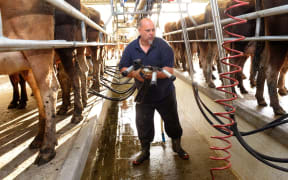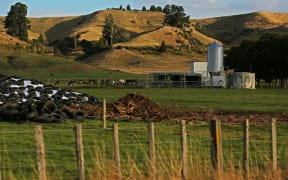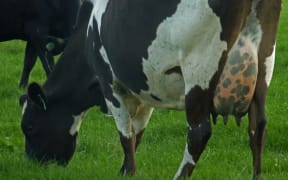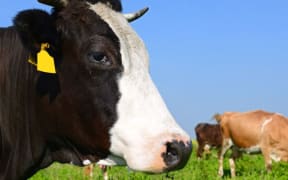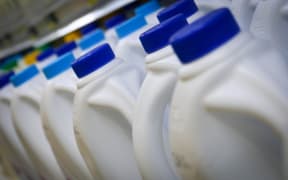An agribusiness expert says while dairy farmers tend to buy less supplementary feed to cut costs during hard times, the top operators are still using it - because they are making more money that way.
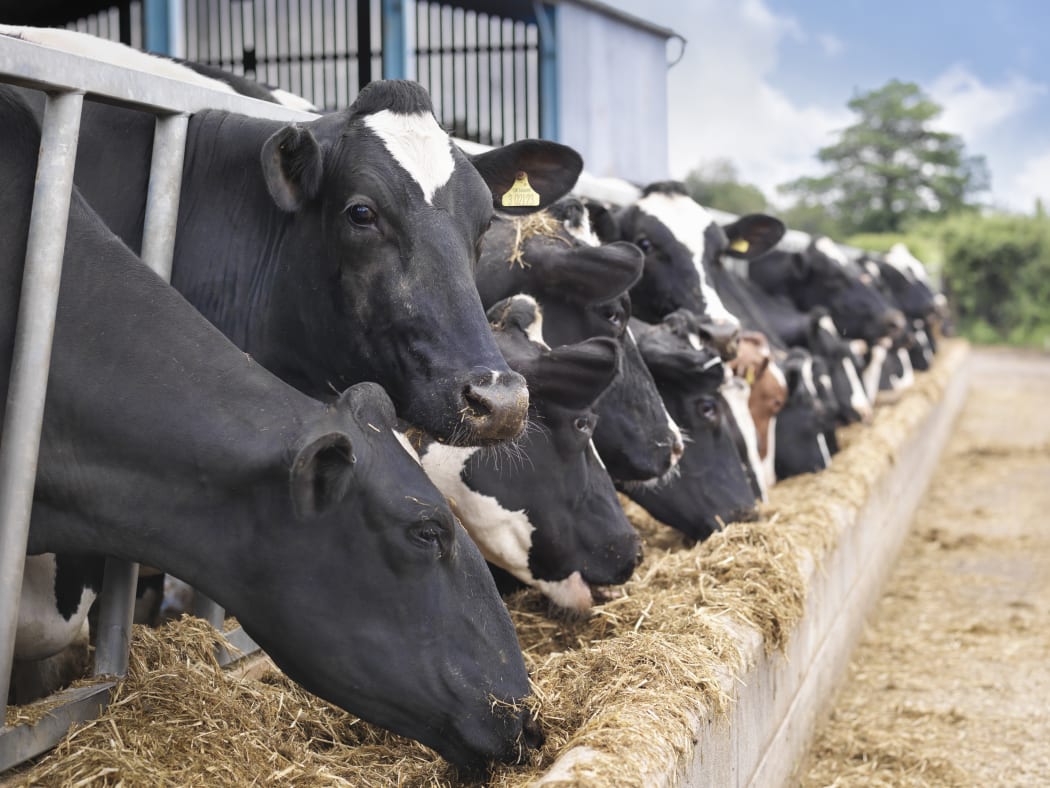
Photo: Cultura Creative
DairyNZ has urged farmers to increase pasture production in order to shave the costs of supplementary feed and save money.

Professor Jacqueline Rowarth Photo: Supplied.
Waikato University professor of agribusiness Jacqueline Rowarth said she supported the campaign, designed to help dairy farmers get through two seasons in a row of very low milk payouts.
Professor Rowarth said focusing on getting the best out of pasture was the right approach, because that was the most cost effective feed for cows.
But she questioned whether it was the ideal approach for top performance.
"However, when you have very high genetic potential cows, and... since the '80s really, there have been vets and animal scientists saying actually, we're not feeding our cows enough, in terms of energy," she said.
"It's like a model on lettuce versus an elite athlete on carbohydrate loading, so are we feeding our animals enough?
"Can you do a better job in converting that pasture into milk by putting in some carbohydrate, like palm kernel or brewers' grains or whatever - maize, for instance?"
Professor Rowarth said people who were harvesting blades of grass to the right level were able to maintain the carbon in their soils - and feed their animals appropriately with some energy.
"At the moment DairyNZ have two budgets in the Waikato on its website from top farmers and what we see last year - and the costs were around $4.20 for each of them per kilogram of milk solids - [is] that the costs per kilogram of milk solids for the high input farmer were 8 percent higher than for the low input farmer, but the profit was 213 percent.
"And we're talking a difference between about $800 and about $1700 per hectare. That's a lot of money per farm and for New Zealand, and the point is these top farmers are using their pastures brilliantly and some are supplementing with the carbohydrate to top up their animals' needs."
Professor Rowarth said those farmers were using shelters to complement their pasture systems because that was the most efficient way of feeding out, without waste.
